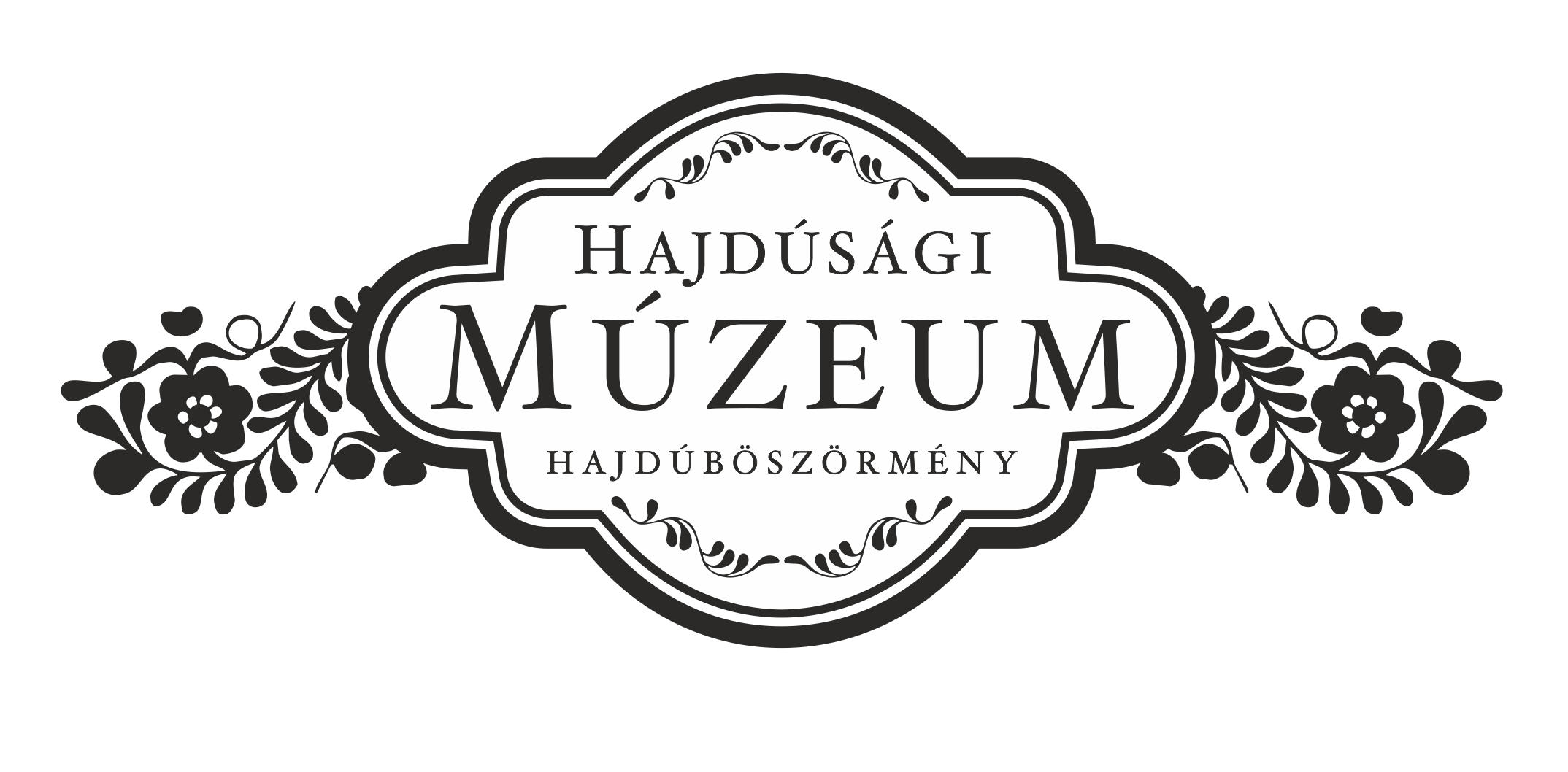With the aim of preserving sites of particular historic and memorial significance regarding the history and the development of the nation, the minister in charge of cultural issues, on the Committee’s proposal and in concert with the minister in charge of the Committee’s audition, in accordance with Paragraphs (4) and (5) of Article 61/E of Act LXIV/2001 of the cultural heritage preservation legislation, made the initiative to the Government on proposing a bill to the Parliament about declaring the Seat of Haiduk District a historic memorial site, ie. a priority site of national history and development.
List of Historic Memorial Sites as specified in Annex 1 of Government Decree 303/2011. (XII. 23.):
Hajdúböszörmény, Seat of Haiduk District
The district seat represents and symbolizes the once existing independence of the Haiduk Towns. The status of this militant social class, originally cattle-drover people, was settled in the Charter of Korpona in 1605, in which István Bocskai granted privileges to more than ten thousand Haiduk. The independence of Haiduk District ceased in 1876 as a consequence of administrative restructuring.
The former seat is the oldest public building with a secular function in Hajdú-Bihar County. The building interlaces with the history of the Haiduk Towns, transforming into a symbol of the struggle to protect the independence and the privileges of towns with a collective nobility.
The Haiduk Towns were originally settlements of militant and civil residents in medieval Hungary and in the Early Modern Period. Settlement structures reflect the military activity of the habitants. The arrangement was similar to castles and forts, since the defence function was accentuated. The origins of Haiduk people date back to the 15th century. In the 16th century, this militant class, originating from cattle-drover people, absorbed elements of the nobility deprived of their lands as a consequence of the Ottoman Conquest, as well as, groups of herding peasants. Military activity, as a profession, became predominant during the Ottoman Wars, insomuch that the word hajdú (”Haiduk”) started to be applied to designate unmounted Hungarian mercenaries in general. The status of Haiduk soldiers was settled in the Charter of Korpona, granted by István Bocskai in December, 1605. Bocskai provided ten thousand Haiduk people with access to the privileged class, bestowing collective nobility on them and settling them down in Szabolcs Comitat. Haiduk people, originally settled down in Kálló, Nánás, Dorog, Varjas, Hadház, Sima, Vid, later in Kölesér and Szoboszló, were honoured with ”Haiduk freedom”. It meant that the whole group counted as one noble entity, private nobility was never granted to them. In the 17th century, these towns formed part of the Captaincy of Upper Hungary, which facilitated the consolidation and maintenance of autonomy, however, at that time, they were not yet allowed to organize a separate administrative authority dealing with the local issues of this community. Some of the Haiduk Towns settled by Bocskai were destroyed during the Ottoman Wars in the 17th century, nonetheless, they were rebuilt not much later.
For the Haiduk Towns – originally seven (Böszörmény, Dorog, Hadház, Nánás, Szoboszló, Vámospércs, Polgár), then, after the break-away of Polgár, the remaining six (oppida haidonicalia) –, it proved to be indispensable to represent collectively and more effectively the protection of their freedom and privileges against the Comitat and the monarch. In the second half of the 17th century, opinions started to draw close with Szabolcs Comitat, as opposed to this, it did not give up its territorial claims even later on. The establishment of the medium-level administrative system dates back to the end of the 17th century. They were determined to defend their freedom, on the one hand, from the Chamber, and on the other hand, from Szabolcs. Haiduk District (Districtus Haidonicalis) denomination became widespread at the end of the 18th and the beginning of the 19th century. The district was represented in the assemblies of Rákóczi’s War of Independence, the primary goal was to acquire a place among the Estates of the Realm. A possibility for it was fighting out the right to be represented in the General Assembly. Though Joseph II’s reforms annexed the district to Szabolcs, two deputies (Jablonczay Petes János and Nánási Oláh Mihály) represented the district in the National Assembly of 1790/91. Articles XXV and XXIX of 1790/91 decreed the independence of the district – as a privileged district – and the possibility of sending deputies to the House of Representatives. The inner, structural organization of the district went on to be established. The Seat of Haiduk District, located in Hajdúböszörmény, symbolized the establishment of the administrative separation and the history of autonomy.
Originally, District Assemblies were held alternately in particular towns, often coinciding with the residence of the leading officers. Although Böszörmény was appointed to be the site of the assemblies in a regulation already in 1699, it was vindicated only from the middle of the 18th century. At that time, the dungeon and a one-storey district seat was built. The first building of the district seat and the dungeon was designed and constructed by János Genovai master-builder from Debrecen, however, this building proved to be insufficient for the authorities, as the administrative work was increasing. Royal Commissioner, Mihály Sztáray had solicited the expansion of the building already in the eighties of the 18th century, however, the ”Hat King”’s (Joseph II) administrative reforms, which meant the loss of independence for the Haiduk Towns, made further plans simply pointless. The acquisition of representation in the National Assembly in 1790/91 opened up the way to the development again, and the district decided on the outset of the construction works in 1792. József Rachbauer, reputed master-builder from Debrecen, and later, at the beginning of the 19th century, András Jarabin were charged with the expansion works of the seat building. The completed building was inaugurated on 2nd August 1808. The expanded building soon became the centre of social life in Haiduk District. During the Reform Era, it functioned not only as an administrative centre, but as a venue of balls, charity events and theatrical performances. Although the Bach Regime eliminated the independence of Haiduk District, the breakdown of the era in 1859 facilitated the reacquisition of the former privileges. After the Compromise in 1867, a decision was made on a further expansion of the seat building, as Gábor Sillye, the last Captain General of Haiduk District was concerned about the possibility of losing their independence again as a consequence of the planned administrative reorganization. The newly built annex would have proved the viability of Haiduk District. Eventually, the independence of the district was taken away during the administrative reorganization in 1867. The seat of the newly created Hajdú Comitat was placed in Debrecen, so new functions had to be assigned to the building. The former Seat of Haiduk District housed several institutions, among them, Hajdúsági Museum, established in 1929, and the Municipal Court are still located there.
http://nori.gov.hu/tortenelmi-emlekhelyek/Hajduboszormeny/hajduboszormeny-hajdukeruleti-szekhaz/


